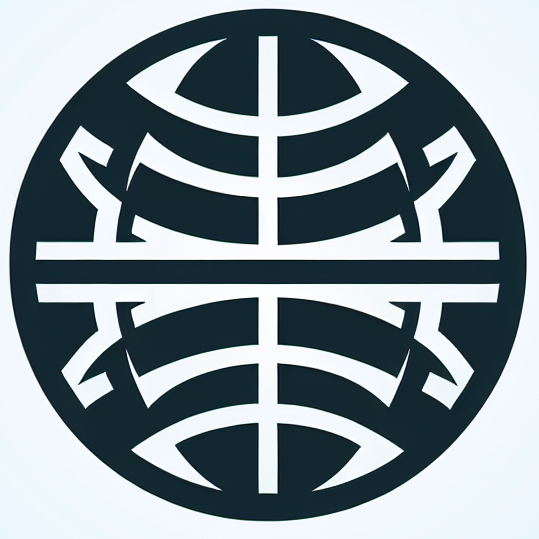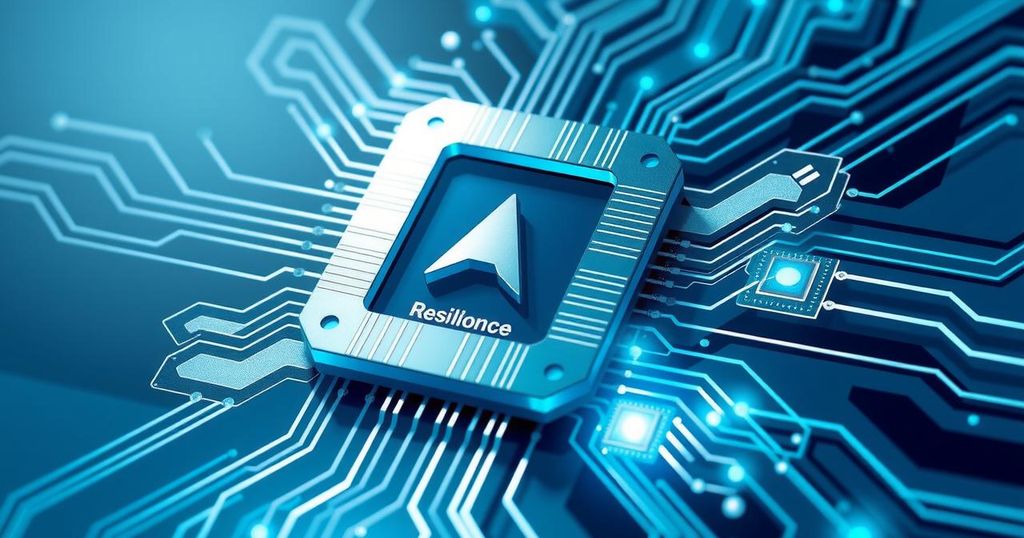How Huawei’s Silicon Strategy Defies US Sanctions, Advances China’s AI Ambitions
Huawei has defied US sanctions since being blacklisted in 2019, unveiling the Ascend 910 AI processor as part of its strategy. Despite facing challenges, including halted collaboration with key suppliers, the company is expected to ship around 700,000 AI processors by 2025, indicating a strong recovery. Jensen Huang of Nvidia acknowledges Huawei’s resurgence in the integrated circuit sector, showcasing its potential to influence China’s AI ambitions.
In a surprising twist, Huawei appears to be weathering the storm of US sanctions that initially threatened its future. Following its addition to Washington’s trade blacklist in 2019, the tech giant introduced the Ascend 910, which it touted as the “world’s most powerful AI processor.” This move came from Eric Xu Zhijun, who was then the company’s rotating chairman. The Ascend 910 was meant for breeding advanced artificial intelligence models, but not long after, challenges loomed on the horizon.
The situation worsened a year later when the US Commerce Department took a more aggressive stance. In August 2020, it prohibited the sale of semiconductor products and services linked to any US technology to Huawei without a license. This effectively cut off Huawei’s lifeline to vital resources, and soon Taiwan Semiconductor Manufacturing Co., the world’s leading chipmaker, halted its operations with the firm.
This decision sent shockwaves through the industry, leading experts to voice concerns about Huawei’s ability to sustain its business. Some analysts, like Paul Trolio of Eurasia Group, warned that if companies worldwide adhered to the sanctions, Huawei’s operational capabilities would be dramatically diminished, affecting its survival.
But hold on—by 2025, things shifted. Huawei’s strategy took an unexpected turn, demonstrating remarkable resilience amidst this adversity, and Jensen Huang, the CEO of Nvidia, is taking note. His acknowledgement of Huawei’s return to prominence in the integrated circuit sector stands as a testament to the company’s adaptability and foresight.
In the coming years, projections show that Huawei is set to ship approximately 700,000 Ascend AI processors. Mizuho estimates this figure, hinting at a robust recovery trajectory for the company. While US sanctions have been relentless, Huawei’s ability to innovate and push forward could reinforce China’s ambition in AI, positioning it as a formidable player on the global stage once more. The journey ahead is laden with challenges, thrilling developments, and the undying spirit of a company that refuses to back down, no matter the odds.
In conclusion, despite facing stringent sanctions from the US, Huawei continues to pursue its AI ambitions with tenacity. From its ambitious launch of the Ascend 910 to anticipated shipments of 700,000 AI processors by 2025, the company showcases a blend of resilience and innovation. Industry leaders like Jensen Huang recognize its comeback, underscoring Huawei’s potential impact on the global tech landscape and China’s AI future. The story of Huawei is one of survival and strategic defiance, painting a complex picture amid international trade tensions.
Original Source: www.scmp.com




